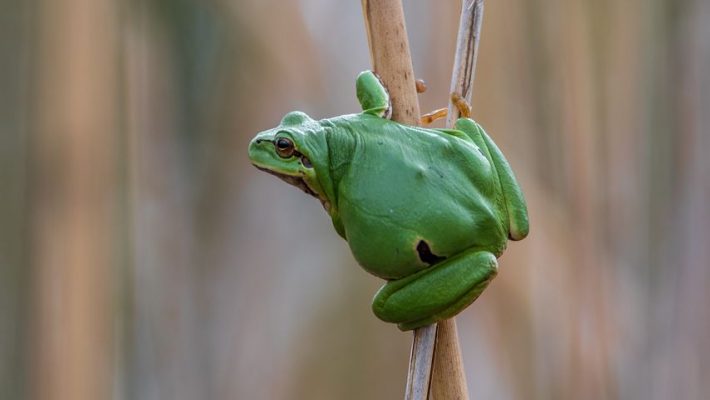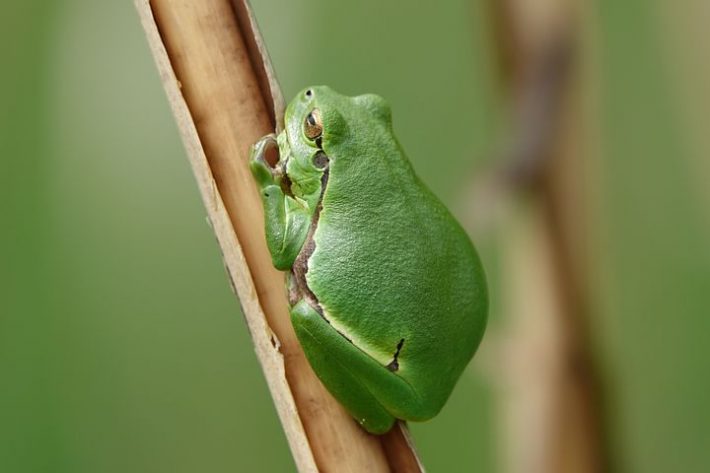A new study from the University of Florida investigates how climate change and the spread of invasive species can combine to create a dual threat to biodiversity.

Researchers have found that these factors interacting can influence the relationship between native species and their environment. Alex Baecher, lead author and University of Florida PhD student explained "Climate change is rapidly expanding the range of suitable conditions for invasive species."
Invasive species thrive in unstable or altered conditions – these are becoming more common due to climate change. "Invasive species can also degrade the ecosystems they inhabit, which results in a collapse of biodiversity," continues Baecher.
How do climate change and invasive species interact?
Researchers studied the Cuban treefrog to understand the interaction between climate change and invasive species. These treefrogs are potential predators/competition of two other treefrog species native to Florida – green treefrogs and squirrel treefrogs.

Treefrogs climb and live above-ground, but they tend to have different preferences in the exact height of their habitat. In order to meet their needs, some species live just above ground, but others live much higher. However, they will move when resources or conditions change. Examples include: if a predator is nearby of if there is water closer to the ground.
The study aimed to find out which factor is more important, rainfall or predation, is both occur simultaneously. By recreating a forest ecosystem in climate controlled containers, researchers could observe native treefrog movements whilst altering water availability and Cuban treefrog presence.
Brett Scheffers, co-author and associate professor at the University of Florida, further explained the team's methods and motivations. "We either distributed water evenly from ground to ceiling, or skewed it towards one place. Everyone wanted to know if frogs were willing to shift up and down to track the changes in water, and whether the presence of predators affected their ability to track the water."
Climate and invasive species combine
The author's found that Cuban treefrogs negatively impacted native species attempts to track water vertically. This is likely due to a fear of predation. When climate conditions or water resources move, Cuban treefrogs may restrict native treefrogs from accessing resources. This can lead to a negative effect on the health of the native species.
"Our findings challenge the long-standing environmental filtering hypothesis," explains lead author Alex Baecher. The hypothesis argues that climate and invasive species act independently, so their simultaneous effects would cause no greater harm to native species. "Using our experiment, researchers can understand how other invasive species will impact native species under unstable conditions," continues Baecher.
Article adapted from a University of Florida press release.






